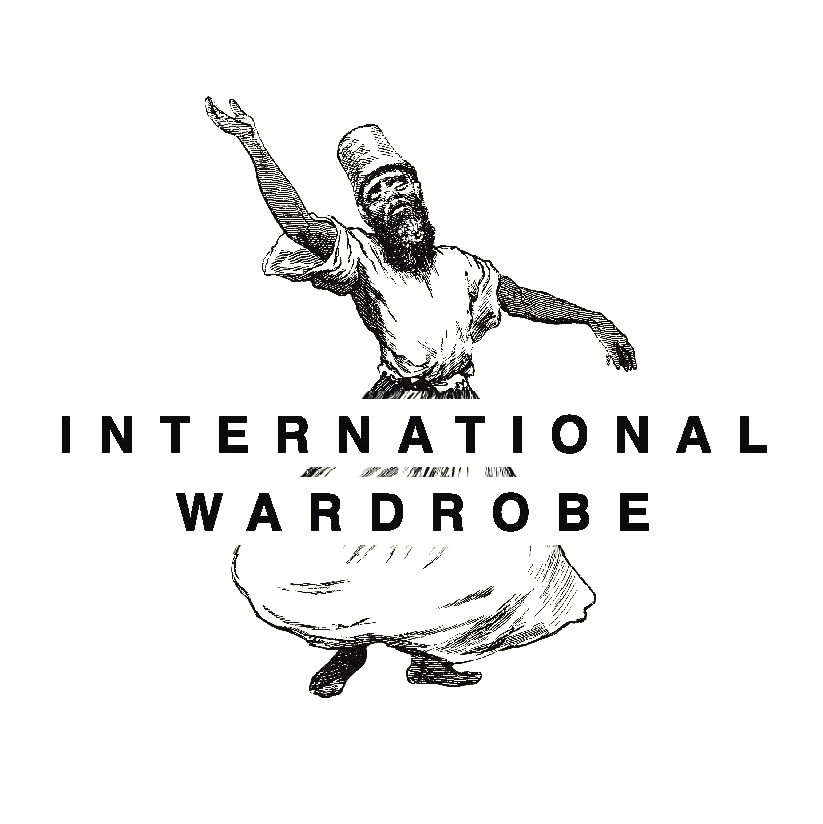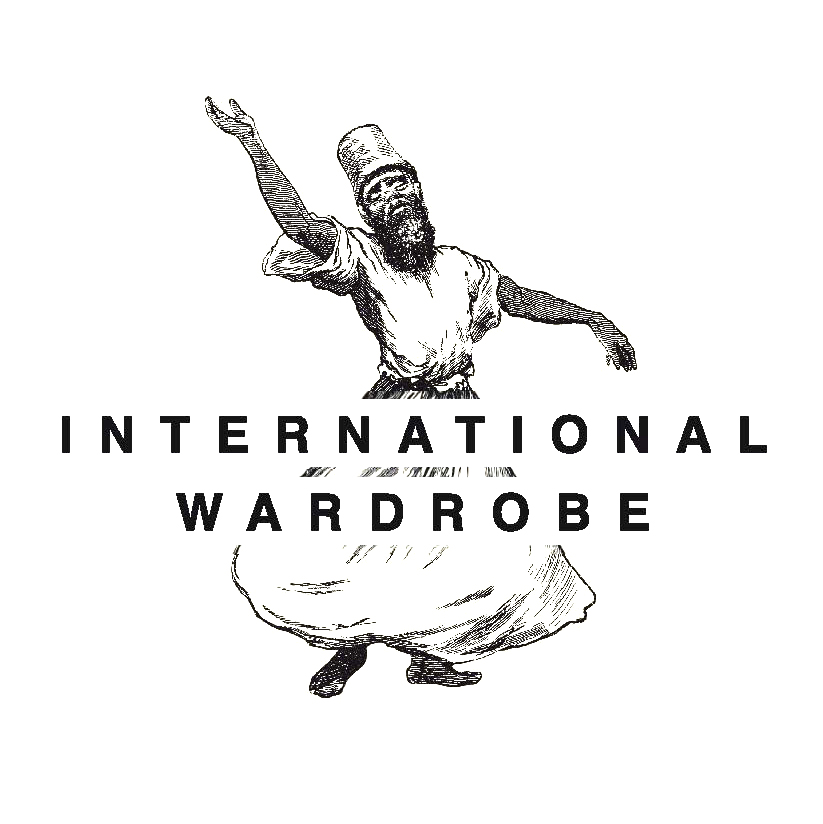Consisting of about 35-40 villages, Kalotaszeg is located about 80 km west of Cluj-Napoca in Transylvania, a province in northern Romania whose creepy reputation precedes it. It also has a significant Hungarian population, as for considerable periods Transylvania belonged to Hungary, or the Austro-Hungarian Empire.
Today 12.2 per cent of this multi-ethnic state are from “cohabiting nations”, of which the majority are Hungarian and German. From an early age, the inhabitants of the Kalotaszeg high plateau had to earn their living by trading handcrafted goods and manual labour, as the land is quite barren, and not a good source of income. In addition to making folk costumes and ceramics, baskets, woodcarvings and architecture, the people of Kalotaszeg also play music and dance. The once expansive woodland holds many beautiful wood-carved landmarks: portals, distaffs, decorated yokes and crosses on graves.
Ethnographers became aware of this region and its exceptionally colourful folk costumes quite early on. The first exhibition on Kalotaszeg handicrafts was held in Budapest in 1885. The numbers of visitors and surging interest in a village industry that produced various items of folk art led to old crafts and traditions becoming “the next hot thing”. Folk art from Kalotaszeg was exhibited once again to great acclaim at the World’s Fair in Paris in 1896.
In Budapest, Hungarian folk art stayed current until well into the Jugendstil era. One of the most famous devotees of Kalotaszeg folk costumes was the Hungarian composer Béla Bartók (1881–1945). His extensive collection of traditional costumes and folk art from this region is exhibited in the Ethnographic Museum of Budapest. Together with Zoltán Kodály, he also collected old folk songs from the region, as his compositions were frequently rooted in Hungarian folk music. And he wasn’t the only one! At the beginning of the 20th century, numerous artists travelled to Kalotaszeg, impressed by the great sophistication and artistic expression of daily life and the festive culture of the region. The Hungarian architect and author Károly Kós loved folk art from Körösfö, as did the artists from the Gödöllo Artists’ Colony, the fashionable summer resort frequented by Budapest’s aristocratic families. During the Jugendstil period, the middle classes also appreciated folkloric crafts from Kalotaszeg, which was such a fashion leader in visual and decorative arts. This was by no means accidental, as over the centuries many elements, techniques and ornaments of folk art were adopted by a broad range of the Hungarian population in Romania, including the upper classes.
Just as 100 years ago, the women of Kalotaszeg continue to sell their embroidered textiles and wares on markets in the surrounding towns, like Debrecen, and in their own villages. They sell goods initially made for themselves, find old treasures and alter them, adding their own embroidery. Shrewd businesswomen that they are, they make sure that their wares continue to be popular. As tourists are not always blessed with the greatest taste, the women of Kalotaszeg also offer truly hideous objects, which in no way correspond to their own aesthetic sensibilities.
More about the textiles from Kalotaszeg.
Pictures from top to bottom
All photos from Erdödi Mihály, Körösfö and Kalotaszeg 1940. From the archive of the Museum of Ethnology in Budapest. Neprajzi Museum Budapest.
1. Woman in folk costumes from Kalotaszeg around 1940, in front of a typical “cushion wall” for the alcove vor einer typischen „Kissenwand“.
2. The „showroom“of a potter, Transylvania around 1940
3. The woman from Kalotaszeg selling her embroideries at Debrecen , around 1940. Shrewd businesswomen that they are.
4. Young girls embroidering cushions for the market sales. But maybe also for the dowry.
5. The church of Huedin, Kalotaszeg
6. Typical embroidery set of an old lady nowadays. You can see sketch made with a ballpoint.
7. Filling up the hope chest. This was an important moment during the wedding ceremonies to show the wealth and the skills of the bride.
8. The church of Hudin, the biggest place from Kalotaszeg. The blue embroideries is above the seats for the men, red is for the woman´s place and black for the deceased. The hungarians from Kalotaszeg are Calvinists, so they decorate te churches with her embroideries and not with images from god.

